Showing posts with label New DIY. Show all posts
Showing posts with label New DIY. Show all posts
Friday, December 19, 2025
Tuesday, December 16, 2025
Kraftor hosting Nexus
video upload by Polaxis
"Sentence prepared with https://www.polaxis.be/nexus-serial-m...
and triggered via MIDI using a custom MIDI keyboard designed by https://learn.adafruit.com/usb-keyset"
Info on the USB Chorded Keyset #3dprinting #circuitpython
video upload by Adafruit Industries
"Build a 3D printed USB chorded keyset inspired by the original Doug Engelbert "Mother of all Demos" keyset from the 1960's. This 5-finger keyset lets you type without moving your hand, entering full words and phrases by pressing multiple keys simultaneously as a chord."
Sunday, December 07, 2025
Synth:Bit – 16‑Note Micro:Bit Synthesizer Keyboard Module with OLED Display
via this eBay listing
"Synth:Bit – 16‑Note Micro:Bit Synthesizer Keyboard Module with OLED Display, Battery Pack & Audio Jack, Lego‑Compatible Base, Matrix Inputs, Jumper Pins for Expansion
16‑Note Synthesizer for Micro:bit — turns your Micro:bit into a full octave keyboard (16 inputs in a 4×4 matrix) for creative music projects and experimentation.
Integrated Audio Output & Battery Pack — built‑in audio jack to hook up a speaker and a portable battery pack so you can use it anywhere.
OLED Display & Intuitive UI — clear screen interface for visual feedback, settings, and control of synthesizer parameters.
Lego‑Compatible & Breadboard Friendly — board spacing fits LEGO bricks; jumper pins allow easy breadboard or external keypad integration.
Expandable & Open Source — supports expansion via jumper pins, external keypads, or custom builds; program via MakeCode, Python, or microcontroller tools."
Tuesday, November 25, 2025
Herbs and Stones Seeds - mini noise synth
video upload by Herbs and Stones
"Seeds is a DIY noise synth that will be available to build at various workshops."
https://herbs---stones.com/seeds-work...
Seeds is a portable, battery-powered noise synth.
Its operation is based on the improper use of primitive CMOS digital technology: by forcing a linear output from an integrated circuit that operates using Boolean logic, by draining it of current and pushing its inputs to their limits, organic, unpredictable, and never-replicable sounds are achieved.
Seeds is an instrument with a vast array of sounds, designed for research and experimentation.
Technical Specifications:
Power: 4 AA batteries (included in the kit)
Output: Stereo TRS minijack
Monday, November 24, 2025
DIY Minimoog Inspired Synth | A Teensy Powered Tribute
video upload by Moby Pixel
"In this video, we’re building a Teensy-powered synth inspired by the iconic Minimoog Model D, and exploring what made the original design so legendary. We’ll walk through all-the-things: oscillators, mixer, filter, envelopes, hidden features, presets, the Teensy’s USB audio setup, and how Bob Moog’s Minimoog helped shape modern subtractive synthesis.
This is my biggest project to date, and I couldn’t be happier with how it turned out! The Teensy 4.1’s built-in USB audio is sending power, MIDI, and audio over a single cable. What a time to be alive, haha! All code and build files are available on GitHub if you want to make your own. Cheers!
GitHub: https://github.com/NickCulbertson/Min...
A 6-voice polyphonic virtual analog synthesizer built with the Teensy 4.1 microcontroller, inspired by the classic Minimoog. Features comprehensive synthesis with USB audio/MIDI and intuitive menu control.
Key Features:
6-voice polyphony with 3 oscillators per voice (18 total)
6 waveforms per oscillator
Noise shared white/pink noise
24dB Moog-style ladder filter with ADSR envelopes
Independent LFO with pitch/filter/amp targets
Macro knob system - remap filter knobs to LFO controls
USB Audio + MIDI - single cable to computer
20 hardware encoders + LCD for real-time control
20 Presets - 80s Brass, Saw Keys, Bass sounds, Pads, and more
Multiple play modes - Mono, Poly, Legato with glide
Parts List:
Teensy 4.1 – https://www.sparkfun.com/teensy-4-1-w...
Menu Encoder – https://www.amazon.com/Taiss-KY-040-E...
Other Encoders – https://www.aliexpress.us/item/325680...
LCD 2×16 – https://www.amazon.com/Hosyond-Displa...
Knobs – https://www.amazon.com/Taiss-Silver-R...
Chapters:
0:00 The Minimoog
3:00 MiniTeensy Synth Build
6:32 Minimoog & MiniTeensy Designs Explain ed
9:26 Presets Demo
12:25 SUBSCRIBE! (maybe?)
Thanks for Watching!
Nick
Moby Pixel"
Tobinksi Standalone Mono Synth
Note: links to listings are affiliate links for which the site may be compensated.
via this Reverb listing
"Only a handful made. Tobinski mono Synth (formerly Danny sound). Sounds incredible. Everything works accept 1 led needs changing. Comes in its own carry case. Cables included.
Modules overview:
OSC 1- Electronotes EN129 Linear Through Zero Oscillator
OSC 2 -Buchla 258 Oscillator
ENVELOPE 1 - Roland M140 Envelope Generator
ENVELOPE 2 - Electronic Dream Plant (EDP) Wasp Filter Control Envelope
ENVELOPE 2 Electronic Dream Plant (EDP) Wasp Filter Control Envelope
ENVELOPE 3 Electronic Dream Plant (EDP) Wasp VCA Envelope
TIMBRE (TMBR) Buchla 259 Timbre Generator Module
LOW PASS GATE (LPG) Buchla 292 Low Pass Gate Module
LOW PASS FILTER (LPF) Moog MiniMoog Low Pass Filter Module
VOLTAGE CONTROLLED AMPLIFIER (VCA) Moog MiniMoog Voltage Controlled Amplifier
MIDI TO CV Oakleysound 3031 midi to CV"
Note this appears to be the first post to feature Tobinksi.
via this Reverb listing
"Only a handful made. Tobinski mono Synth (formerly Danny sound). Sounds incredible. Everything works accept 1 led needs changing. Comes in its own carry case. Cables included.
Modules overview:
OSC 1- Electronotes EN129 Linear Through Zero Oscillator
OSC 2 -Buchla 258 Oscillator
ENVELOPE 1 - Roland M140 Envelope Generator
ENVELOPE 2 - Electronic Dream Plant (EDP) Wasp Filter Control Envelope
ENVELOPE 2 Electronic Dream Plant (EDP) Wasp Filter Control Envelope
ENVELOPE 3 Electronic Dream Plant (EDP) Wasp VCA Envelope
TIMBRE (TMBR) Buchla 259 Timbre Generator Module
LOW PASS GATE (LPG) Buchla 292 Low Pass Gate Module
LOW PASS FILTER (LPF) Moog MiniMoog Low Pass Filter Module
VOLTAGE CONTROLLED AMPLIFIER (VCA) Moog MiniMoog Voltage Controlled Amplifier
MIDI TO CV Oakleysound 3031 midi to CV"
Note this appears to be the first post to feature Tobinksi.
Sunday, November 23, 2025
Thursday, November 20, 2025
Introducing Quad Creek
video upload by Dylan B.
0:00 - Intro
0:35 - Guitar
1:20 - Feedback
2:03 - Chaos
2:54 - Melodic Jam
5:30 - Outro


"This is Quad Creek, a resonant modular synthesizer based around four band pass filters. It uses 4mm banana jacks for connections. There are three 3.5mm stereo outputs, one for the main mix and two for the Creeks. There are two 3.5mm stereo inputs, one for each set of Creeks. The unit runs off of a 2.1mm center positive 12V supply.
Cables and power supply not included.
ASSEMBLED UNIT INCLUDES:
- Fully built synthesizer with wood back panel
DIY KIT INCLUDES:
- PCB
- Front Panel
- All electronic components, including pots and jacks
- Does NOT include wood back panel
PCB + PANEL KIT INCLUDES:
- PCB
- Panel
PCB KIT INCLUDES:
- PCB
- That's it
Further info can be found at: https://loess-labs.net/inst/creek/
BOM, soldering guide, and other documentation for DIYers can be found here: https://github.com/uvknhn/quad-creek/"
Tuesday, November 18, 2025
Melting Point Vactrol Filter
video upload by Ground Grown Circuits
"Short demo of a sequence running through the Melting Point vactrol filter. Now available on my Reverb page"
via this Reverb listing
"THIS IS A FULL DIY KIT
This kit includes everything required to build the Melting Point vactrol filter. This is a character filter that will add a lot of color to the sound.
There is a low-pass and hi-pass audio input, an audio output, 2 CV inputs and a variable level “Strike” CV input.
The feedback/resonance will begin self oscillating slightly past noon, and will continue to add more drive and color if you push it further.
Trim pot on the rear allows adjustment of CV response.
Includes a power cable and 4x M3 screws.
There is a qr code in the kit that will take you to a page with build instructions.
Please note the knobs included in the kit are different than the knobs in the finished module image."
Saturday, November 15, 2025
FLEA MARKET / FUSE / DIY - SYNTHI (with internal spring reverb) by Jacob Steel
video upload by jacobsteel
"DIY Synthi - piano stand test! #synthesizer #electronicmusic #synth #synthi #diysynthi #matrixsynth"
And a playlist in chronological order:
"Currently running the following:
Oscillators 1-4 - started out with the XR2206, schematic, pretty much from the data sheet. This part is the crazy chaos part. The XR2206 can be amplitude modulated as well as frequency modulated (here with a button) Oscillators 5-6 - Digital (this part will be CV volt-octave controlled) https://www.alldatasheet.com/datashee...
Envelope - 555-based envelope, similar to "the fastest envelope in the west" https://www.schmitzbits.de/adsr.html"
Playlist:
1. DIY SYNTHI first test all components
2. DIY Synthi longer demonstration….
3. DIY Synthi, stick demonstration
4. DIY Synthi - CV to Matrix test
5. Ölands Norra Udde - the Northern Head of Öland (DIY Synthi jam)
6. Alla världar som finns - (All Worlds That Exist) voice/lyrics Johan Holmlund
7. Synthi - Piano short improv
Wednesday, November 12, 2025
[$11] DIY eurorack modular synth 5step Sequencer | Arduino nano based
video upload by HAGIWO
"My 88th original eurorack modular synth DIY projects.
Arduino nano based 5step CV/Gate sequencer , Buchla Easel inspired.
Digital control , Analog output.
working documents (schematics,code)
https://note.com/solder_state/n/nf6c2...
Please support me to continue projects.
In patreon you will find content about my background , technical information.
/ hagiwo
-------------------------------------------------------------
Repository of HAGIWO's DIY Modular Synth
https://note.com/solder_state/n/n54e0..."
Tuesday, November 11, 2025
Roland Future Design Lab and Neutone Introduce Project LYDIA
Press release follows:


A Technology Preview Exploring AI, DIY Culture, and the Future of Music Creation
Los Angeles, November 11, 2025 — Roland Future Design Lab, the advanced technologies research group of Roland Corporation, announces Project LYDIA, an audio processing platform preview created in collaboration with Neutone, developers of next-generation AI tools for musicians and artists. Project LYDIA merges Neutone’s trainable AI software with Roland’s hardware expertise, using a Raspberry Pi 5 single-board computer to deliver a compact, stage-ready prototype that reimagines DIY innovation for a new generation.
Bridging AI and DIY Creativity
Roland’s legacy in DIY music creation began in 1981 with AMDEK (Analog Music Digital Electronic Kits), a line of build-it-yourself kits that encouraged musicians to experiment with technology. Today, Roland Future Design Lab revisits that spirit, asking how modern creators can explore sound through emerging AI tools.
AI for Sound Discovery and Exploration
Powered by Neutone’s Morpho technology, Project LYDIA, named after DIY and AI, uses “neural sampling” to learn the tonal qualities of any sound and apply it to another in real time, with the sonic results ranging from highly musical to exotic and surprising. The current Project LYDIA mockup houses a Raspberry Pi 5 computer running Neutone’s special version of Morpho alongside Roland’s latest ideas for a simple, tactile control panel. Audio I/O is currently managed via a USB-connected Roland Rubix interface, with future iterations aiming to fully integrate I/O for a completely self-contained device.
AI Innovation at Roland
Project LYDIA builds on Roland’s growing exploration of AI as a creative partner for musicians. In 2024, Roland and Universal Music Group (UMG) jointly introduced the Principles for Music Creation with AI, a framework outlining shared commitments to ethical and artist-centered innovation.
“Roland has taken a leadership role globally in practicing responsible development with AI for music creation,” said Paul McCabe, Senior Vice President of Research and Innovation at Roland. “Part of being responsible is getting input from creators on what they find useful, helpful, or inspiring, and what ideas may not be welcome in their workflows. Releasing Project LYDIA as a technology preview allows us to demonstrate possibilities, seek community input, optimize, and improve.”
Shaping the Future Together
Project LYDIA debuted at the Audio Developer Conference taking place November 10 through November 12 in Bristol, UK, inviting feedback from the creative community to guide future research in AI-driven music tools. Musicians and makers can share their thoughts and ideas via a short survey here.
To learn more about the inspiration and technology behind Project LYDIA, visit Roland’s feature story on Roland Future Design Lab.
Saturday, October 25, 2025
New DIY Digital Touch Synthesizer & Hybrid 5V Modular
video upload by Dylan B.
https://loess-labs.net/inst/atmega/
"Fully open source, build your own! Webpage is a work in progress. Might make a PCB at some point but no promises.
Also just to be clear the intro and outro parts use external fx to varying degrees. The middle part where I'm talking is the 100% dry sound.
0:00 - Demos/Intro
1:29 - Talking
5:03 - Outro Song"
Hybrid 5V Modular
video upload by Dylan B.
"Schematics and such will be out when the PCBs are
0:00 - Talking
2:26 - Bukla Melodic
3:27 - Acidic
5:36 - Crazy FM"
Going with Loess Labs for the label on these.
Monday, October 20, 2025
SenSinth - VP+ .Самодельный звуковой синтезатор
video upload by VladimirRadiomay
Eglish below.
"Сенсорный синтезатор звука.
Режим сенсорной подачи созвучий.
Режим постоянного звука.
Режим подачи звука пачками, пульсацией.
Режим плавающего тона.
Четыре пары верхних сенсоров - 4 тона в с октавной разницей.
Нижняя пара - другой тон, подстраивается ручкой для минорных и мажорных созвучий.
Кнопки для добавления призвуков. Кнопка пульсации.
Ручка тембра и громкости.
-----------------------------------------------------------------------
Поддержать:
Если вам нравится моё звуко-творчество и вы хотите отблагодарить меня, вы можете сделать это добровольно переводом на мою карту Сбербанка: 2202 2062 7925 5298
(Пожалуйста, указывайте в комментарии к переводу «Поддержка творчества»)
Спасибо каждому, кто помогает. Это мотивирует меня создавать новую музыку и браться за не лёгкий труд составления схем этих синтезаторов."
Googlish:
"Touch sound synthesizer.
Touch mode for supplying consonances.
Continuous sound mode.
Burst and pulsating sound mode.
Floating tone mode.
Four pairs of upper sensors - 4 tones with an octave difference.
The lower pair is a different tone, adjusted with a knob for minor and major consonances.
Buttons for adding overtones. Pulse button.
Tone and volume knob.
-----------------------------------------------------------------------
Support:
If you like my sound creativity and you want to thank me, you can do it voluntarily by transferring to my Sberbank card: 2202 2062 7925 5298
(Please indicate in the comments to the transfer 'Support creativity')
Thank you to everyone who helps. This motivates me to create new music and take on the difficult work of drawing up the circuit diagrams of these synthesizers."
Vactrol phaser filterboard [prototype] for gotharman's instrument
video upload by Meska (Meska)
"DISCLAMER : i have no affiliation with gotharman's instrument , just a third party builder
Quick sound demo of the Vactrol phaser filterboard, compatible with Gotharman's instrument, im working on. Still have some small things to do on the next proto, like rewire the Qbend switch.
If you have any question or sugestion feel free to ask.
Thank you for watching.
My name is Meska of the statik collective . I've been making mostly 'dark and expérimental' music for more than ten years now, i'v learn so much online, now it's time for me to share my knoledge, my exploration and this channel is a place to talk about the tools, sound design and techniques to make music with.
You can stream my albums and EPs at https://statikwave.bandcamp.com/
If you'd like to support the channel consider buying music from bandcamp ;)
Contact/booking: meskastatik@gmail.com"
Sunday, October 19, 2025
Monday, September 22, 2025
demo of the b4Modular Series 7 synthesizer part 1 / 2 : the suitcase
video upload by elektronengehirn
"The diy modular synthesizer in a suitcase which Malte Steiner developed between 2024 and 2025. The goal was to build a cheap modular system mainly for live concerts, which is repairable and can go into Checkin Luggage without much worries (something you don't do with Eurorack). So far it is used for several concerts by the projects Elektronengehirn and Notstandskomitee in Berlin and Helsinki, and local Jam sessions here in Aalborg. It is build in a Nanuk 923 case which can remove the lid, the rails are made of wood and wood screws, the front plates are 3D printed.
The system features 2 analog Oscillators / LFOs, one digital oscillator with 6 different modes, an oscillator bank with 6 square waves, triple clock module, 3 slew limiters, a lowpass filter, tone control filter, wave folder, one ring mod / wave folder, 5 VCAs, crossfader, mixer, 2 pressure sensors, a trigger button, unity and gates mixer.
See it in action at this Notstandskomitee concert in Helsinki:"
Notstandskomitee concert Helsinki 17. May 2025
video upload by elektronengehirn
"Notstandskomitee concert 17. May 2025 at Algorave Helsinkis Object Permanence festival at Caisa Cultural Center Helsinki (FI).
Playing tracks from current album The Doomsday Layout
https://notstandskomitee.bandcamp.com
Live coding concert with Steiners own software gravel, augmented with a digital synthesizer he developed 2 years ago and the DIY modular he developed in the last months. Visuals are made with a custom software created with the open source Godot game engine, controlled by the live coding environment via OSC.
https://www.block4.com
Booking is handled through: booking AT tmkm DOT dk
Coverpicture by Juho Liukkonen"
Thursday, September 18, 2025
BE A BETTER MODULATOR // Understanding Eurorack Modulation with the Thonk TRIPLE MOD
video upload by DivKid
"In this video we’ll break down how common types of modulation for sound synthesis work, how to make the most of them creatively and musically. We’ll do so while demoing the new Triple Mod DIY module from Thonk. Whether it’s creating multi-phonic layered patches needed multiple envelopes, understanding how a Turing Machine works and performing with it, understanding and making Sample & Hold melodic, creating chain reactions with EOC ‘end of cycle’ triggers … there’s lots in this video applicable to LOTS of other modules."
Saturday, August 30, 2025
[$27] DIY PCM MIDI Sound module | SAM2696 & XIAO MIDI Synthesizer based
video upload by HAGIWO
"PCM MIDI sound module based on the Seeed Studio XIAO MIDI Synthesizer. It plays using external MIDI signals, and the four built-in buttons can also be used to change parameters. working documents (schematics & source code) https://note.com/solder_state/n/n1f2e... XIAO MIDI Synthesizer https://www.seeedstudio.com/XIAO-MIDI..."
You can find an overview video of the Seeed Studio XIAO here.
Friday, August 29, 2025
HOW TO Mod Your Own Drum Machine!
video upload by foleytronics fx repair
Dr. Bohm home organ, rhythm, fun machine. Overview at 3:53.
"In this vid, Charlie explains how he went about modding this very cool and rare Dr. Bohm drum machine. For a more in-depth video on how to mod your own drum machine, please subscribe to our Patreon!"
Patreon: / foleytronics
In The Pines website: https://www.inthepines.band/
NEXT PAGE
HOME
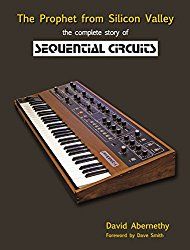
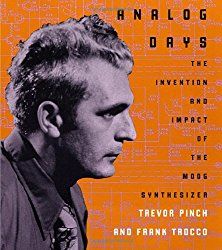
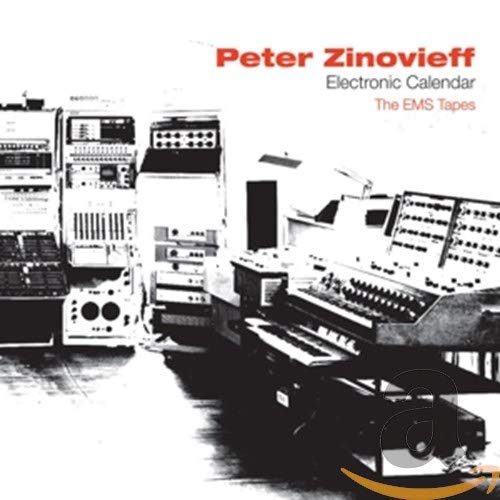
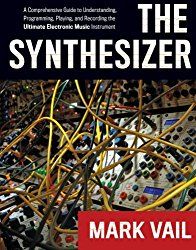
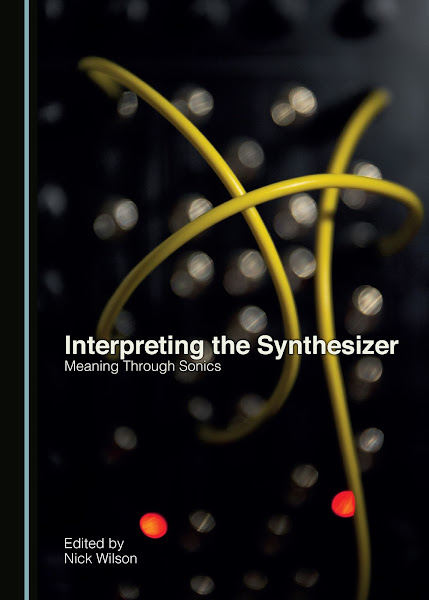
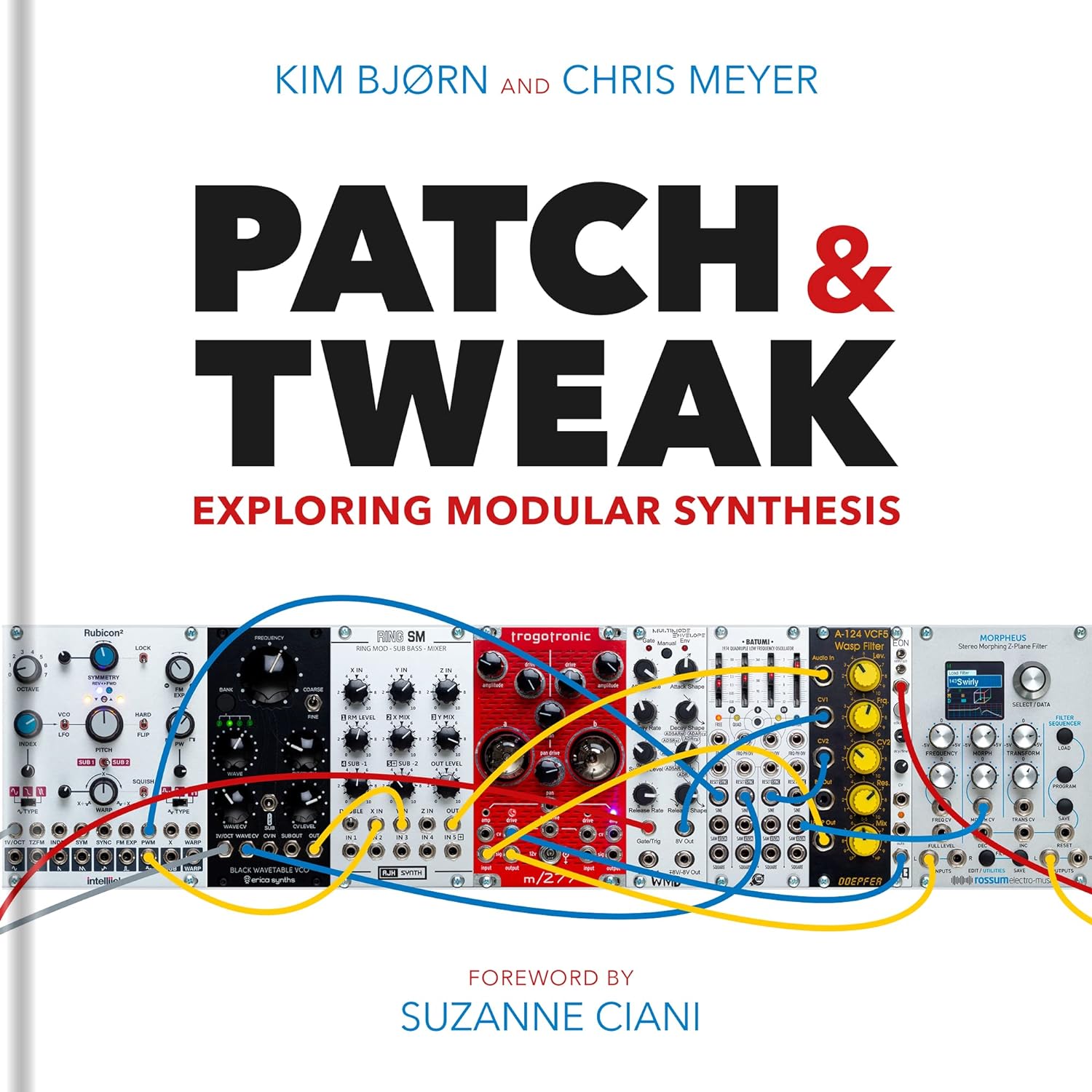

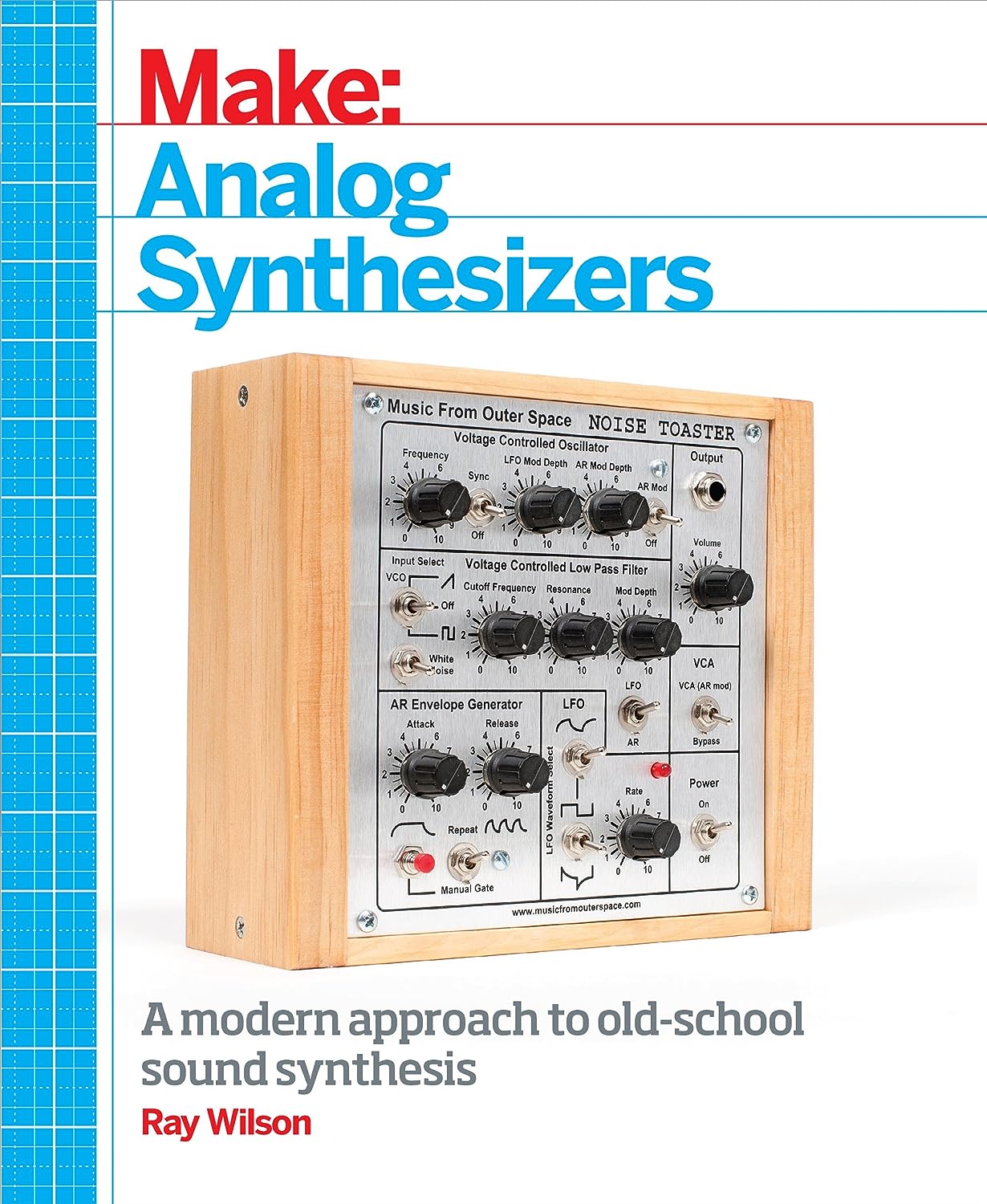
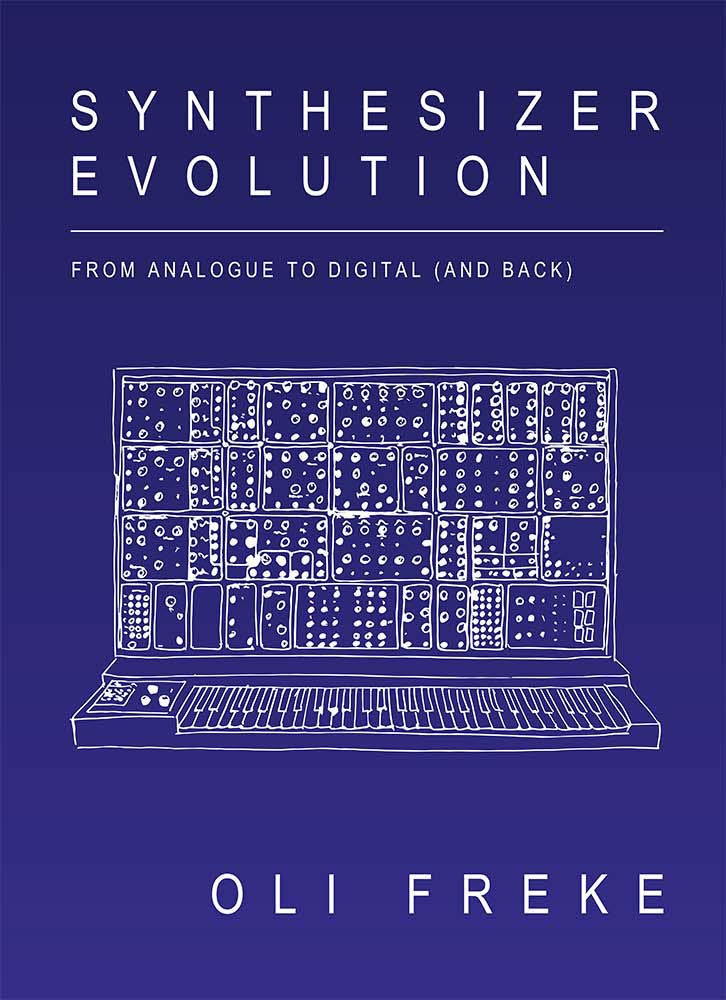
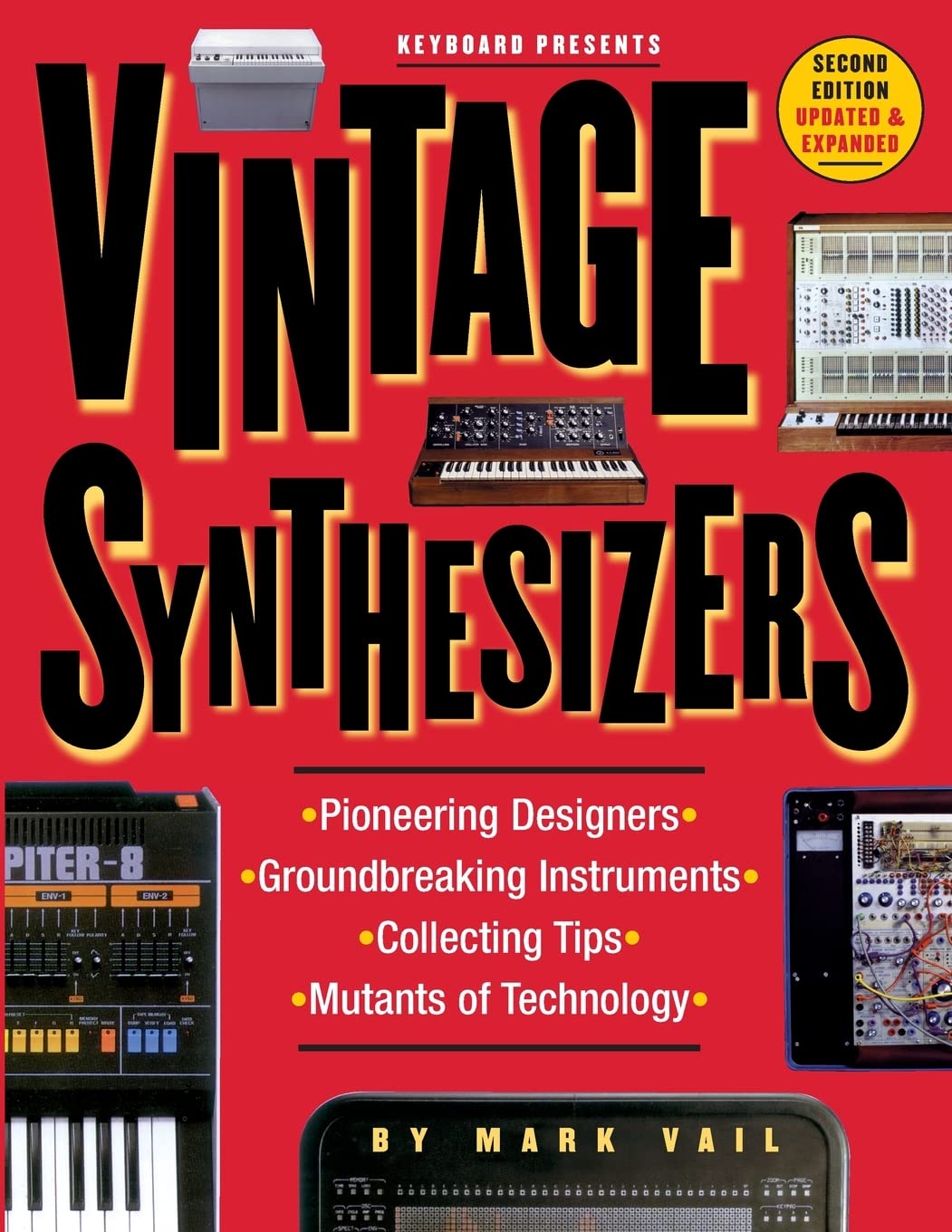
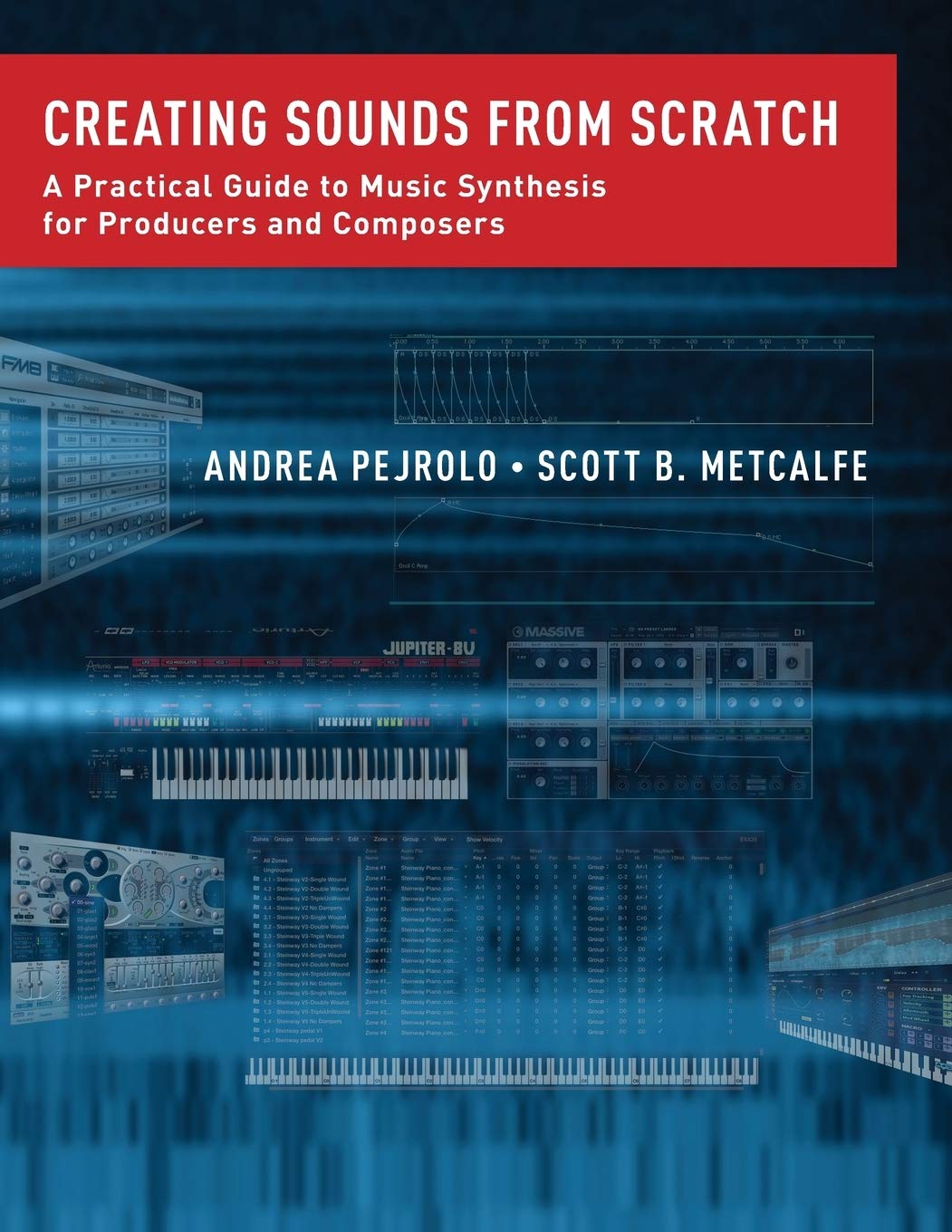
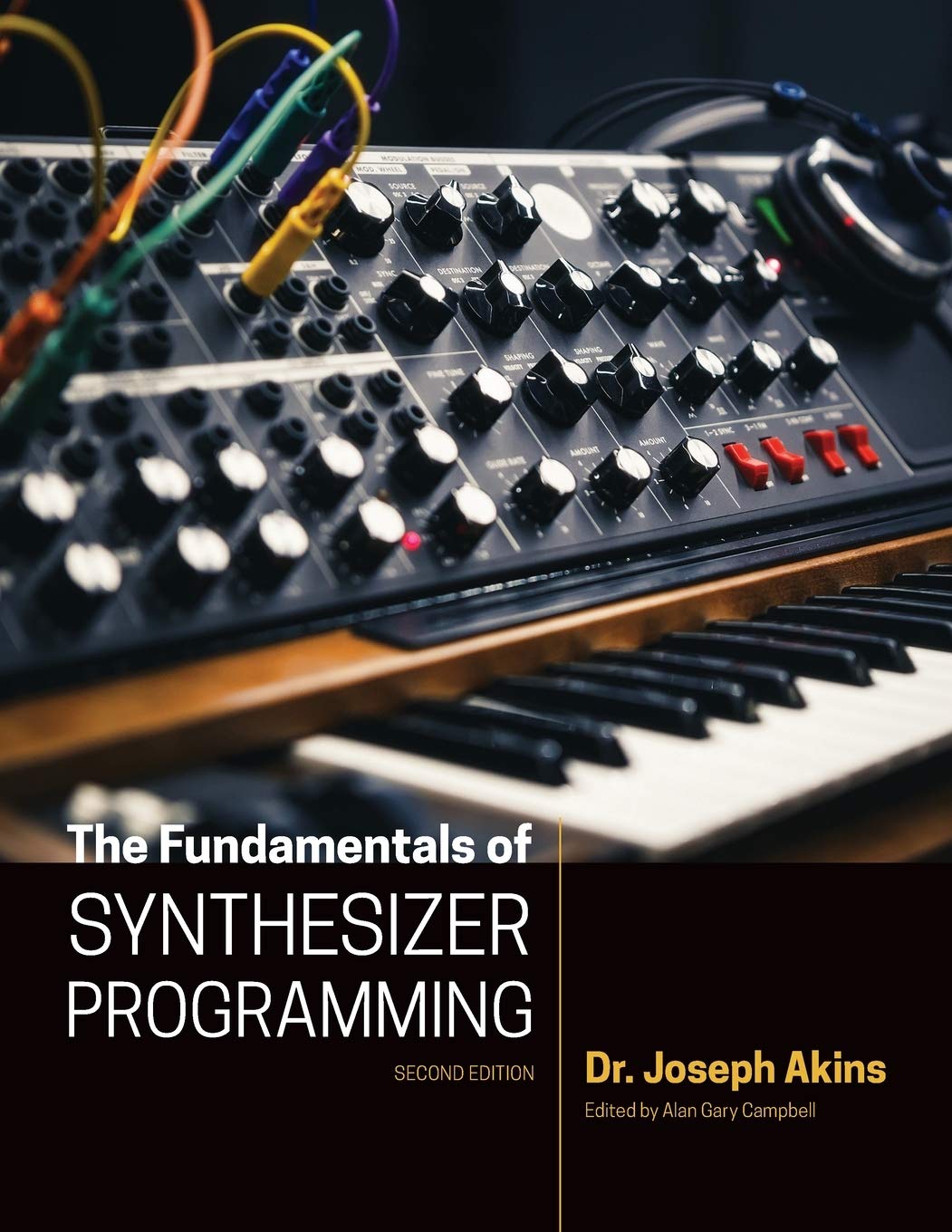

© Matrixsynth - All posts are presented here for informative, historical and educative purposes as applicable within fair use.
MATRIXSYNTH is supported by affiliate links that use cookies to track clickthroughs and sales. See the privacy policy for details.
MATRIXSYNTH - EVERYTHING SYNTH













© Matrixsynth - All posts are presented here for informative, historical and educative purposes as applicable within fair use.
MATRIXSYNTH is supported by affiliate links that use cookies to track clickthroughs and sales. See the privacy policy for details.
MATRIXSYNTH - EVERYTHING SYNTH





























